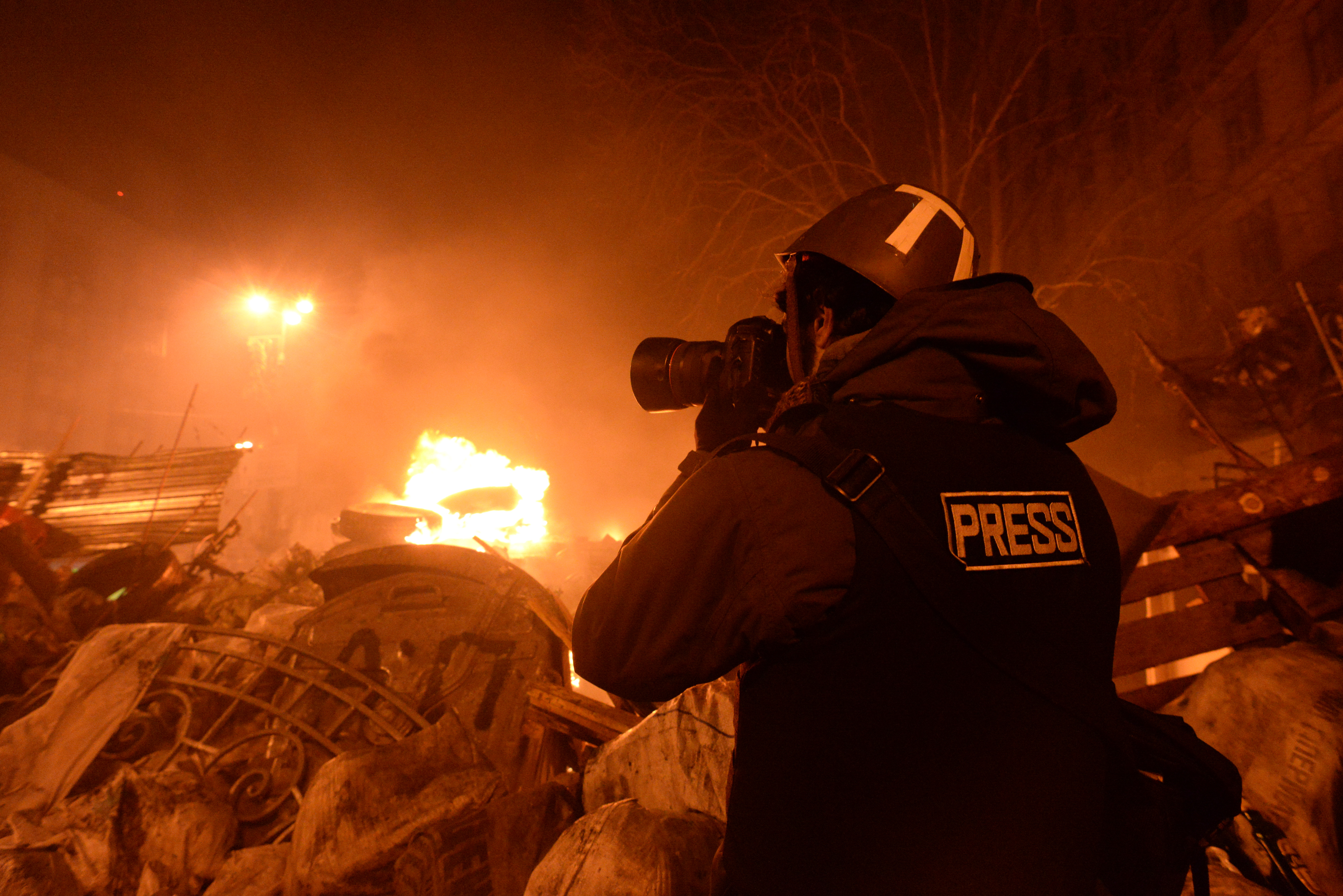Bellingcat and Social Media: How to Become an Armchair Journalist

This article was inspired by a presentation given by Christiaan Triebert, a former member of this editorial staff, during Clio’s annual conference on Tuesday, May 8th.
For decades, investigative journalism was the realm of full-time journalists working for big newspaper companies, spending days or weeks reading reports in dusty archives and travelling to remote places for interviews and information. This is about to change: thanks to – big surprise – the internet.
One of the journalist networks which work on the frontier of technology and journalism is the platform Bellingcat, founded only four years ago in 2014 by Eliot Higgins, a British journalist. Bellingcat approaches journalism from a new perspective: you do not need lengthy field trips to conduct interviews or take photos to keep track of current developments: you just use the greatest source of information there is: the internet and social media.
In his presentation, using the example of investigations following the downing of flight MH17, Triebert impressively demonstrated how social media can be used for journalist investigations.
It was put like this: the easiest way to find out which weapons were used in the Ukraine is by simply looking at the selfies fighters of the Russian or Ukrainian troops post online. Often even categorized with hashtags, geolocation data and even with other soldiers tagged in the picture, social media platforms offer loads of information for journalists. Next to that, Google Earth satellite images and dash cam videos depicting military convoys help journalists “get eyes on the ground”.
Out of many pieces of the puzzle –satellite imagery, videos recorded by residents, photos of the soldiers themselves- Bellingcat was able to deduce that it was a weapon of the Russian and not the Ukrainian side shooting down MH17 and also, that “proof” given by the Russian side in the days after the shoot-down was fake and simply photoshopped. Of course, one cannot say with 100% certainty which person exactly pushed the button which led to the catastrophe, but alone the fact that Bellingcat was able to infer these conclusions by simply looking at widely available data is astonishing. What might also contribute to this astonishment: Bellingcat shows that everyone can be a journalist. You don’t have to have great experience or the resources of a large newspaper editorial staff: by simply combining pictures and videos from the internet, everyone can become an “armchair journalist” and contribute, all you need is a computer and an internet connection.
But, of course, there’s two sides of the coin: although reports of Bellingcat seem thoroughly to the layman, German forensics expert Jens Kriese accused Bellingcat of not adhering to scientific standards in its analysis of the MH17 case. German newspaper “Der Spiegel” even apologized in the aftermath of the Ukrainian crisis and the Bellingcat report for adopting Bellingcat’s information too rashly as the way the report was conducted was not in line with journalistic standards of quality.
Next to that, while promoting involvement of everyone as a citizen journalist in its projects and offering information on methodology, Bellingcat cannot be considered a non-profit organization: participation in a five-day workshop on how to conduct journalist research online comes with a price tag of 2000€ per participant.
However, despite this criticism, Bellingcat and its new methods of investigation certainly contribute to making journalism even more accessible and democratic for everyone.



